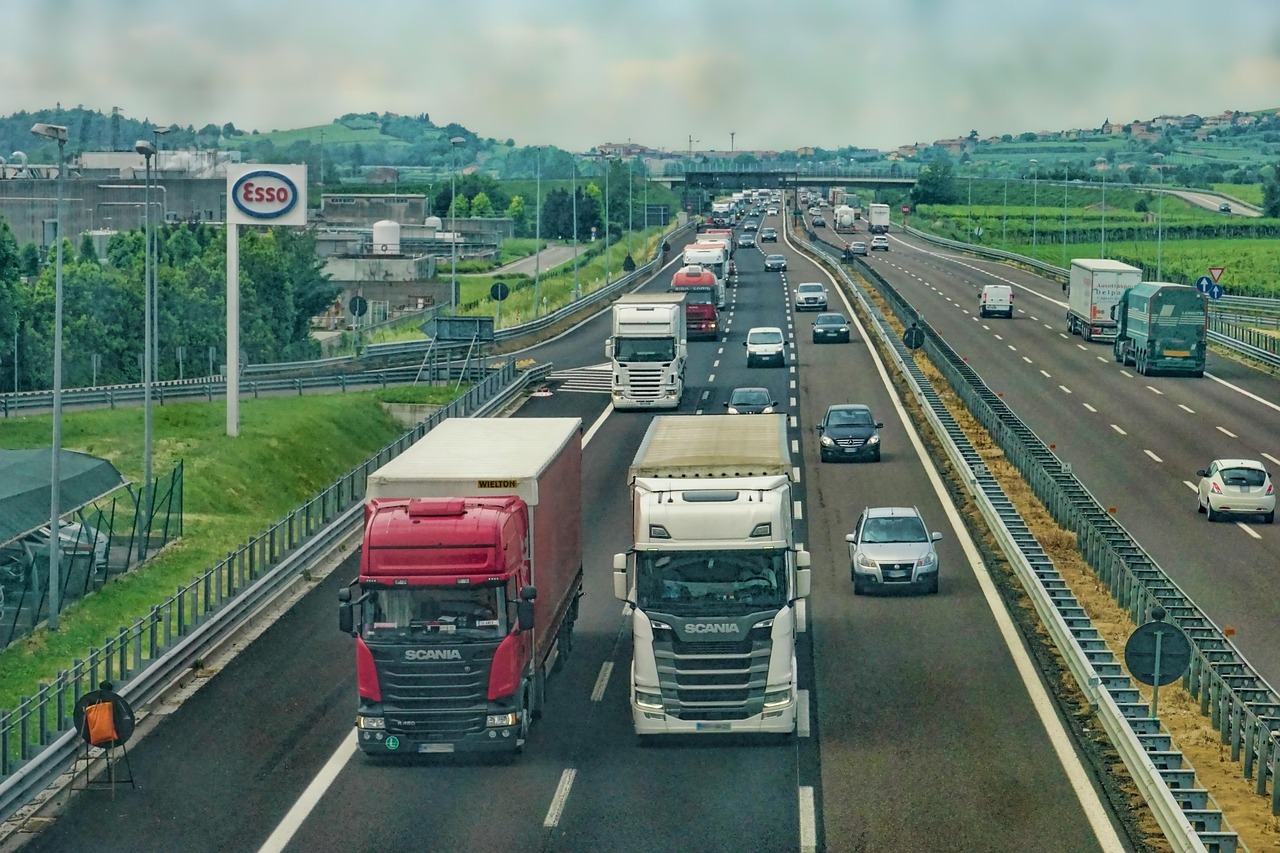Understanding the Lifespan of Paved Surfaces
Paved surfaces, such as roads, parking lots, and sidewalks, play a crucial role in our daily lives. They provide smooth, durable surfaces for transportation and pedestrian activity. However, the lifespan of these paved surfaces can vary greatly depending on several factors. In this article, we will explore five key factors that influence the longevity of paved surfaces.
1. Quality of Materials and Construction
The lifespan of a paved surface is heavily dependent on the quality of materials used and the construction process employed.
- Aggregates: The quality and size of aggregates, such as gravel and crushed stone, used in the pavement mix can significantly impact its durability and resistance to wear and tear.
- Binders: The type and grade of binder, such as asphalt cement or Portland cement, used to hold the aggregates together plays a vital role in the pavement’s strength and flexibility.
- Construction Techniques: Proper construction techniques, including adequate compaction, appropriate layer thicknesses, and proper curing, are essential for ensuring a long-lasting paved surface.
“The foundation of a durable paved surface lies in the quality of materials and the expertise of the construction crew.” – John Smith, Pavement Engineer

2. Environmental Factors
The environment in which a paved surface is located can have a significant impact on its lifespan. Some key environmental factors include:
- Temperature Fluctuations: Extreme temperature changes, particularly in regions with freeze-thaw cycles, can cause pavement to expand and contract, leading to cracks and deterioration.
- Moisture: Excessive moisture from rain, snow, or groundwater can seep into the pavement structure, weakening its integrity and causing damage.
- Ultraviolet (UV) Radiation: Prolonged exposure to UV radiation from the sun can cause the binder in asphalt pavements to oxidize and become brittle, resulting in surface cracking and raveling.
3. Traffic Load and Volume
The amount and type of traffic a paved surface experiences directly influence its lifespan.
- Traffic Volume: Higher traffic volumes, particularly heavy vehicles like trucks and buses, exert greater stress on the pavement, leading to faster wear and tear.
- Axle Loads: The weight of individual vehicle axles, especially for heavy commercial vehicles, can cause significant damage to the pavement structure over time.
- Traffic Patterns: Areas with frequent stopping, starting, and turning movements, such as intersections and bus stops, experience more concentrated stress and are prone to faster deterioration.

4. Maintenance and Rehabilitation Practices
Regular maintenance and timely rehabilitation can significantly extend the lifespan of a paved surface.
1. Routine Maintenance: Activities such as crack sealing, pothole repair, and surface treatments help prevent water infiltration and slow down the deterioration process.
2. Preventive Maintenance: Treatments like chip seals, slurry seals, and thin overlays can restore the pavement surface and extend its life when applied at the right time.
3. Rehabilitation: More extensive repairs, such as partial or full-depth patching, resurfacing, or reconstruction, may be necessary to address severe damage and restore the pavement’s structural integrity.
“A well-maintained pavement is a testament to the importance of proactive care and timely interventions.” – Sarah Johnson, Maintenance Supervisor
5. Drainage and Subsurface Conditions
Proper drainage and stable subsurface conditions are essential for maintaining the integrity of a paved surface.
- Drainage: Adequate drainage systems, including proper sloping, catch basins, and underground pipes, help remove water from the pavement surface and prevent moisture-related damage.
- Subsurface Conditions: The stability and uniformity of the underlying soil or base layers directly impact the pavement’s performance. Poor subsurface conditions can lead to settlement, cracking, and premature failure.
Conclusion
The lifespan of a paved surface is influenced by a complex interplay of factors, including material quality, construction practices, environmental conditions, traffic loads, maintenance strategies, and subsurface conditions. By understanding and addressing these factors, pavement engineers and maintenance professionals can design, construct, and maintain paved surfaces that provide long-lasting performance and value to users.



